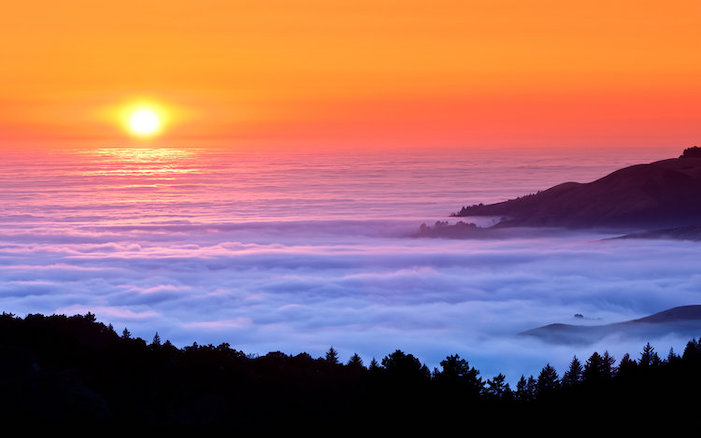Engage in your own unique combination of opportunities while traveling through and settling into Japan.
BUSINESS & ECONOMICS
Japan’s economy and business culture presents a fascinating combination of high-tech innovation and adherence to ancient traditions.
As the world’s third largest economy by nominal GDP and a global hub for high-tech manufacturing, Japan is one of the most innovative and highly-developed countries on Earth. A major automobile manufacturer, its success in this sector has also given birth to innovative management philosophies like Kaizen, also called the Toyota Way.
Unlike many other highly developed economies, Japan has relatively few start-ups. Instead, Japanese business culture gives pride of place to ancient companies called shinise, some of which have been in operation for over 1,000 years. Among these shinise is the world’s oldest hotel, Nishiyama Onsen Keiunkan. In operation for over 1,300 years, it’s been continuously run by 52 generations of the same family.
Meet and chat with representatives at the Nintendo headquarters in Kyoto or learn about Japanese marketing culture at the Advertising Museum Tokyo. Next, embark on a company visit to a J-pop entertainment label before gaining an insider’s perspective on Japan’s famous Harajuku street fashion industry while touring a factory with a local designer and influencer.
HISTORY
Human habitation on the island of Japan has a long history, dating back to 30,000 BCE. Starting in the fourth century CE, the country was slowly unified under a single imperial dynasty, the members of which continue to rule Japan to this day.
After the Portuguese arrived in Japan in 1543, Japanese culture underwent major changes. Tension between ancient feudal traditions and western influences ultimately led Japan to launch an unprecedented and rapid era of modernization during the Meiji period. After its imperial ambitions were dashed during World War II, Japan recovered quickly, enjoying a major economic boom until its economy slowed in the 1990’s.
Visit the 16th-century Osaka Castle, which played an important part in Japan’s unification. Then, explore historical sites like Kyoto Imperial Palace or Nijō Castle in the ancient city of Kyoto, site of Japan’s imperial capital for 11 centuries.
TRADITION & RELIGION
Although Japan is often associated with Zen Buddhism in the west, Shintoism, an animistic religion indigenous to the island, is actually Japan’s largest religion. Religious beliefs are not seen as mutually exclusive in Japan, however, so the vast majority of people engage in a mix of Shinto and Buddhist religious practices.
Simple, sophisticated and abstract, Japanese aesthetics are deeply intertwined with ancient philosophical and religious concepts. These iconic aesthetics have had a major influence on Western art and even on the design of technologies like the iPhone. As a result, visitors are often shocked by how modern ancient Japanese works of art appear to be.
Explore Japan’s long history and learn how politics and religion intersect during a visit to Meiji Shrine, a Shinto shrine dedicated to the spirits of the Meiji emperor and his wife. Then, discover the serene ancient beauty of Ryōan-ji, a 15th-century Zen garden, or attend a spectacular Goma, or fire, religious ritual at Fukagawa Fudo-do Temple.
POP CULTURE & FASHION
Japan is a country of contrasts where women in traditional kimonos can often be seen alongside girls wearing the latest Japanese street fashions.
Although modern Japanese pop culture products may seem a long way from Japan’s long and venerable cultural and artistic traditions, it is actually impossible to separate the two. In fact, traditional Japanese art and aesthetics have found their way into many of the country’s most popular modern cultural exports, including anime.
Soak up Japan’s unique anime culture while exploring 8 floors of manga collectibles at the Mandarake Complex before learning about the history of Japanese anime at the Auginami Animation Museum.
Explore the America-mura neighborhood while discussing the relationship between Japanese and American popular culture and then finish your day with a meal at an authentic kappo, or small hidden restaurant.
